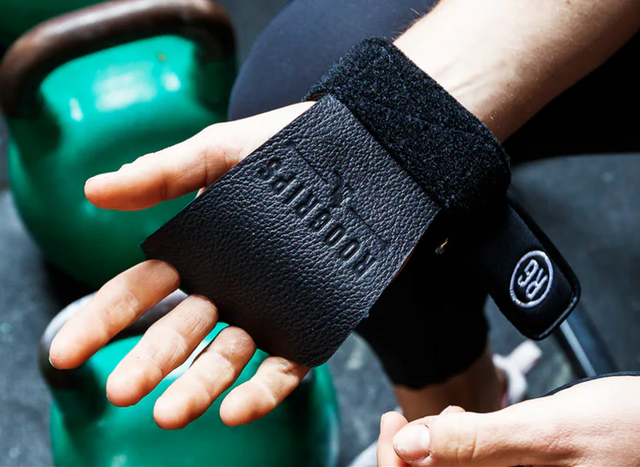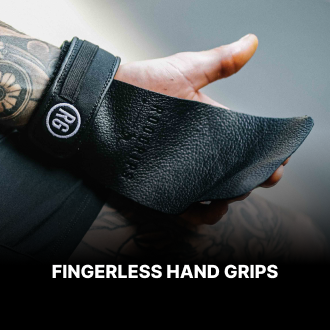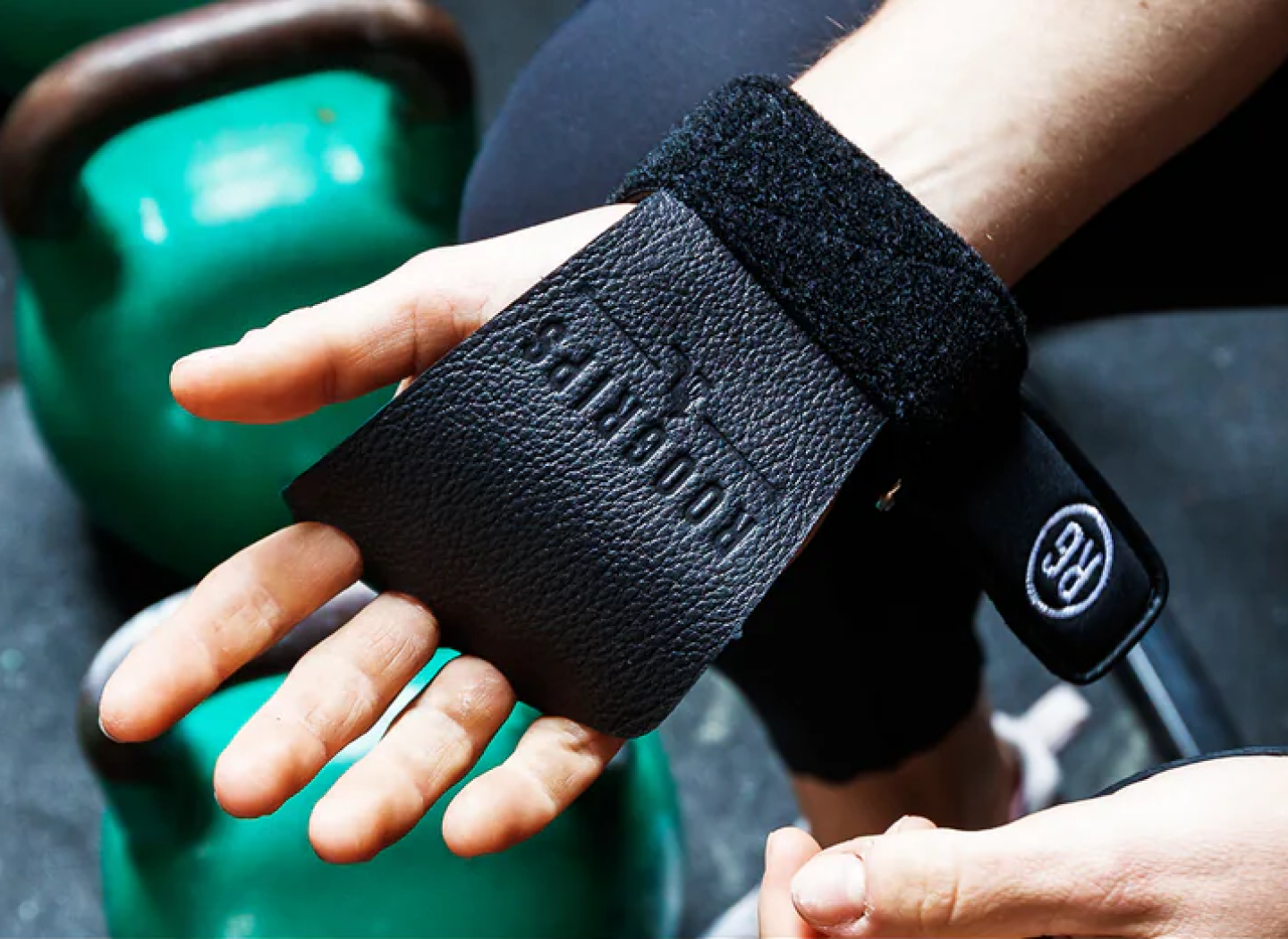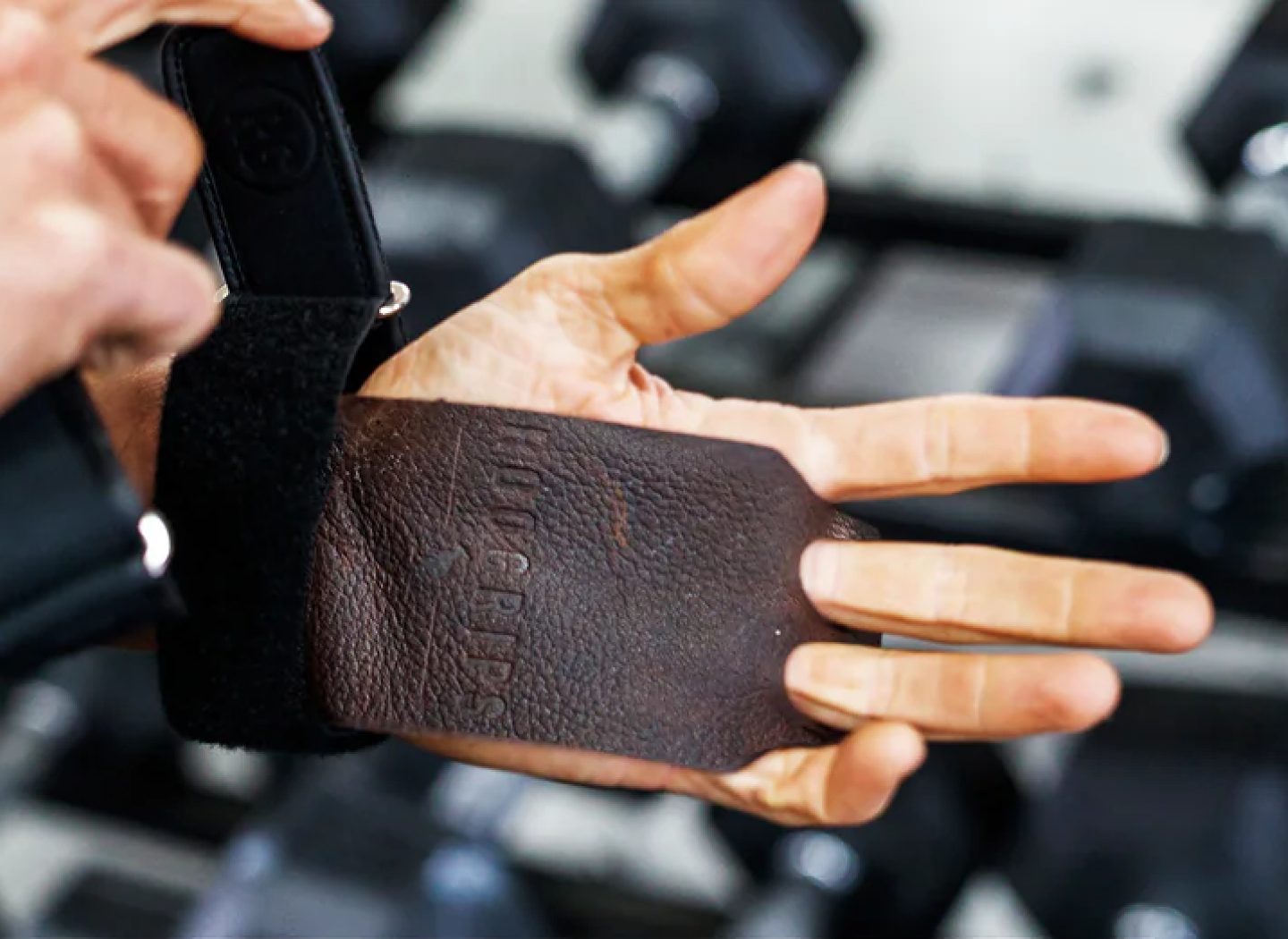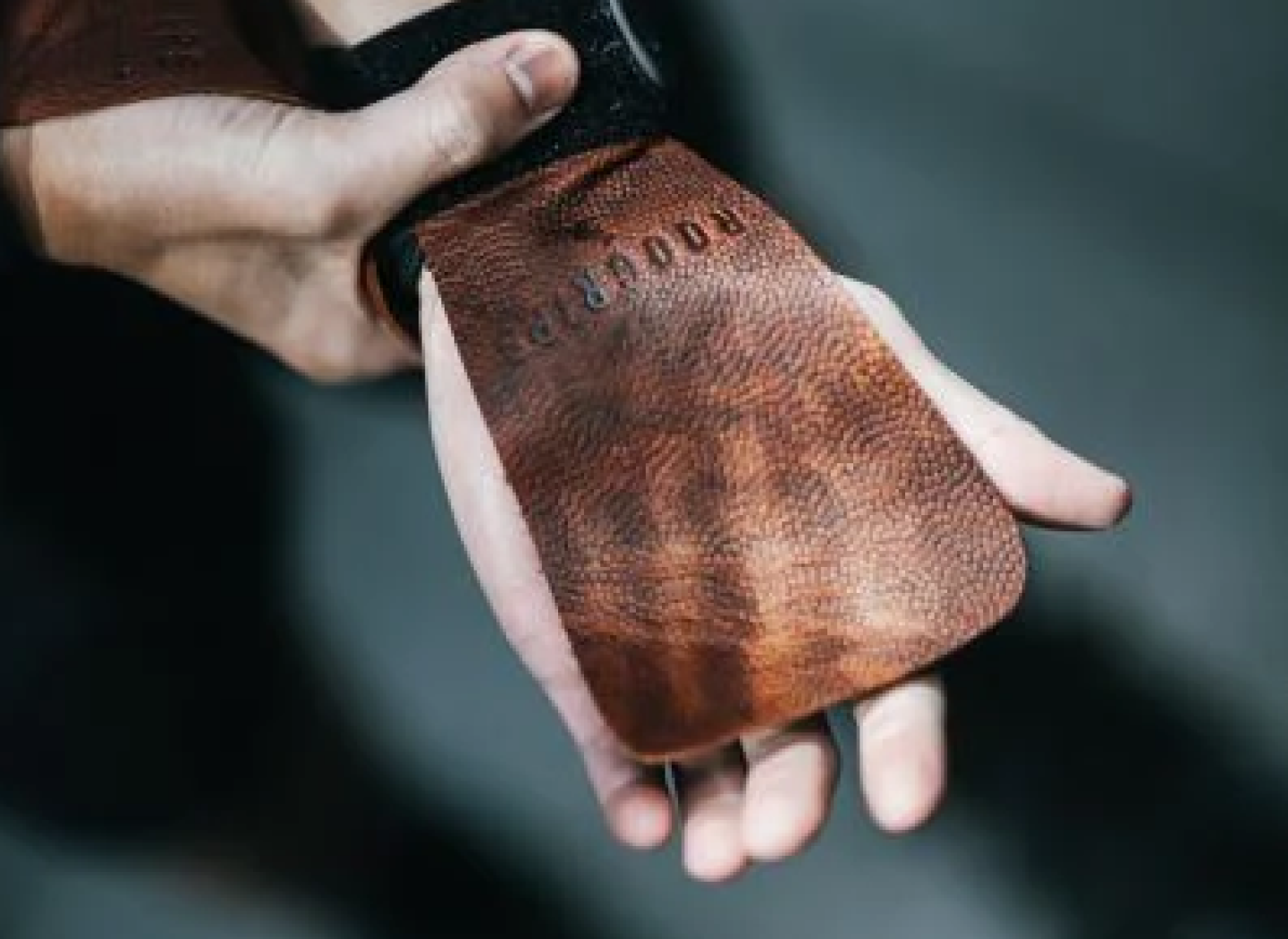In a world that glorifies “no days off,” we’re here to remind you: Relaxation is a weapon — not a weakness.
Whether you’re chasing PBs, grinding through WODs, or just hitting the gym to feel strong and stay sane, rest days are non-negotiable if you actually want results. We’re talking muscle growth, injury prevention, mental sharpness, and long-term performance.
Here’s why your rest day might be the most important day of your training week.
1. Muscle Grows When You Rest, Not When You Lift
Every pull-up, deadlift, and snatch creates microscopic tears in your muscle fibres. That’s normal — it’s how your body adapts. But the magic? It happens when you’re not training. During rest, your body repairs and rebuilds those fibres to be stronger.
Skip rest, and you skip the gains. Literally.
Science backs it: Overtraining can actually lead to muscle breakdown, not growth. Your body needs 24 to 72 hours to properly recover, depending on intensity.
💡 No rest = no gains.
2. Your Nervous System and Hormones Need the Break Too
Lifting heavy doesn’t just tax your muscles — it hammers your CNS (central nervous system). If you’re feeling sluggish, irritable, not sleeping well, or your lifts are going backwards, it might not be your programming — it might be your lack of rest.
On top of that, stress hormones like cortisol increase with overtraining. That means more inflammation, poor recovery, and even fat retention. Not ideal.
3. Rest Days Reduce Injury Risk and Mental Burnout
Taking a rest day isn’t being lazy — it’s being smart. Most overuse injuries happen when your body hasn’t had time to recover between sessions. And mentally? A day off gives your brain and motivation a reset, keeping you mentally sharp and ready to hit it hard again.
If you’ve been dreading the gym, or your usual lifts feel extra heavy, that’s your body waving the white flag. Listen to it.
So... How Many Rest Days Do You Actually Need?
There’s no one-size-fits-all, but general guidance for lifters and athletes:
-
2 rest days per week is ideal for most.
-
Rotate muscle groups to give different areas a break.
-
Incorporate active recovery: light walking, mobility work, sauna, or even just getting outside.
What Rest Can Look Like (Hint: It Doesn’t Mean Couch Potato Mode)
-
Sleep like it’s your job – aim for 7–9 hours.
-
Fuel your body with good food and hydration.
-
Do low-intensity activities you love.
-
Stretch, roll, massage, or chill in an ice bath.
And if you’re still working on letting go of that “no days off” guilt — remind yourself: Olympians rest. Pro athletes rest. Your body deserves the same respect.
In Summary:
💬 Hang up your Grips as “Rest is not a reward — it’s a requirement.”

Got Grips? Don’t Forget Hand Recovery Too 🖐️
On your rest days, give your hands a little love too. Moisturise, massage, and you can also machine wash your grips. RooGrips protect your hands during the work — but rest is when they actually heal.
P.s More info on how to clean your Grips, check out our Blog "How To Clean Your Hand Grips"
P.P.s More Info on Recovery and what's the best form of recovery, check out our Blog "Ultimate Guide to Post-Workout Recovery: Do Ice Baths, Saunas & Cryo Actually Work?"
